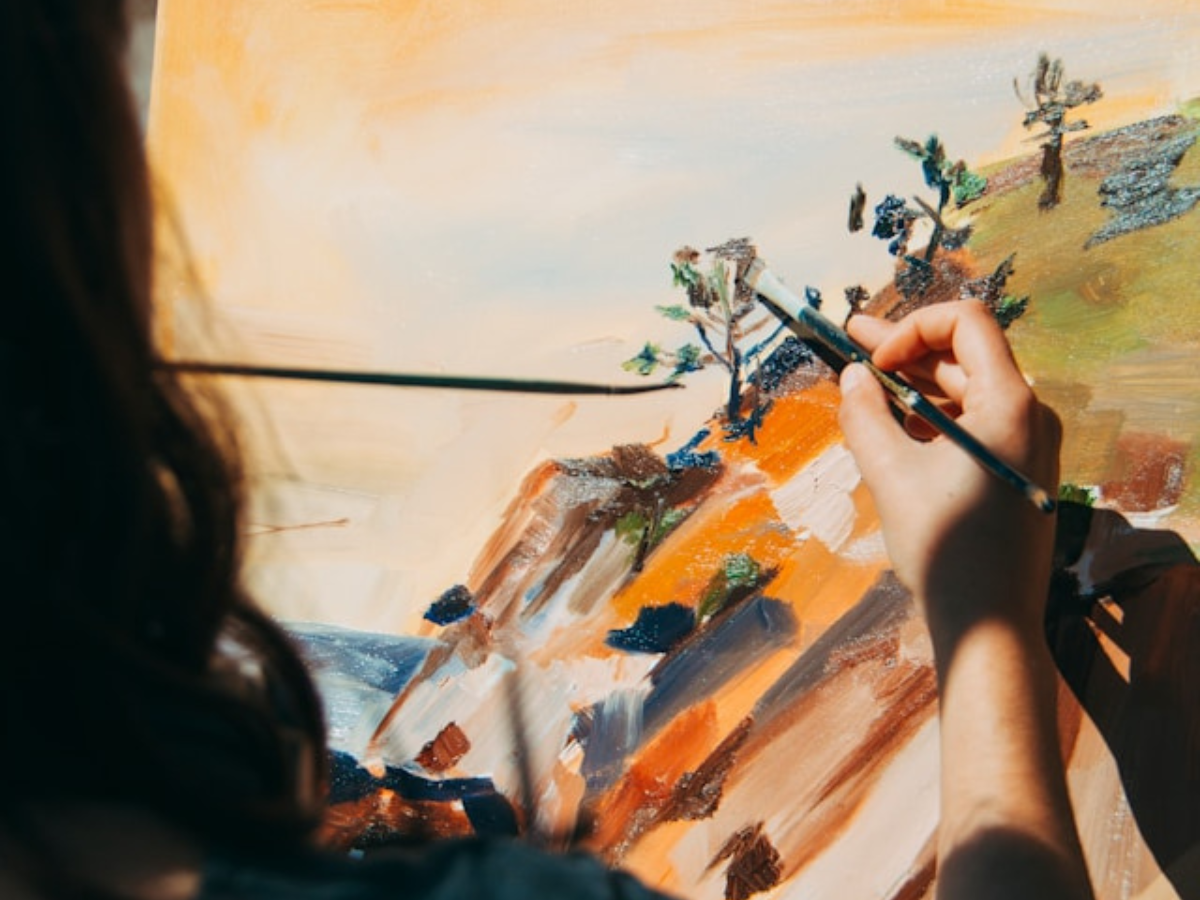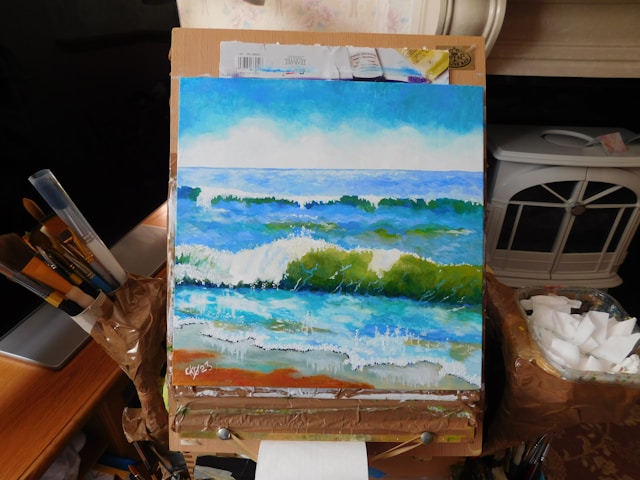Embarking on the journey of becoming a professional artist involves more than just mastering your craft—it requires thoughtful curation and strategic planning to develop a cohesive body of work that resonates with viewers and establishes your artistic voice. One way to showcase your talent and vision is through the creation of a series—a collection of artworks that share a common theme, concept, or visual style.
In this blog, we’ll explore the process of creating a series as a professional artist, offering practical tips and insights to help you craft a compelling narrative through your art.
1. Define Your Concept.
The foundation of any successful series lies in a clear and compelling concept. Begin by brainstorming ideas and exploring themes that resonate with you on a personal or emotional level. Consider what message or story you want to convey through your series and how you can express it visually. Whether it’s exploring a specific subject matter, delving into a particular emotion, or investigating a conceptual idea, your concept should serve as the guiding force behind your series.
2. Establish Visual Cohesion.
Visual cohesion is essential for creating a series that feels unified and tells a story. Choose elements such as color palettes, composition styles, and artistic techniques that tie your artworks together visually. Consistency in these visual aspects helps create a sense of harmony and continuity throughout your series.
3. Plan Your Series Structure.
Consider the structure and scope of your series, including the number of canvas paintings you plan to create and the order in which they will be presented. Think about how each piece contributes to the narrative of the series and how they can be arranged to create a cohesive flow of ideas. Whether you’re creating a small series of interconnected pieces or a larger, more expansive collection, having a clear plan in place can help guide your creative process and ensure coherence in your final presentation.

4. Embrace Iteration and Exploration.
Creating a series is an iterative process that often involves experimentation, refinement, and revision. Allow yourself the freedom to explore different ideas, techniques, and approaches as you develop your series. Don’t be afraid to push boundaries, take risks, and challenge yourself creatively.
5. AskFeedback and Critique.
A fresh set of eyes is a valuable part when creating a series. Asking feedback from peers, mentors, or trusted colleagues can provide valuable insights and perspectives on your work. Share your progress regularly and invite constructive criticism to help identify areas for improvement and refinement. Consider joining artist critique groups, participating in portfolio reviews, or seeking mentorship from established artists to gain valuable feedback and guidance throughout the development of your series.
6. Refine and Polish.
As you near completion of your series, take the time to review each canvas painting with a critical eye and fine-tune any details or elements that may detract from the overall cohesion and impact of your series. Pay attention to composition, color balance, and narrative coherence, ensuring that each piece contributes meaningfully to the series.
7. Document and Present Your Series.
Once your series is complete, take the time to document each artwork professionally through high-quality photography or digital scanning. Consider creating a dedicated portfolio or online gallery to showcase your series, accompanied by an artist’s statement that provides insight into the conceptual framework and vision behind your work. Explore opportunities to exhibit your series in galleries, art fairs, or online platforms to share your talent and connect with audiences who resonate with your artistic vision.
8. Reflect and Iterate.
After completing your series, reflect on your creative process and the outcomes achieved. Consider what worked well and what challenges you encountered along the way. Use this reflection as an opportunity for growth and learning, identifying lessons learned and areas for improvement that you can apply to future artistic endeavors. Remember that creating a series is not just about the finished artworks but also about the journey of self-discovery and artistic exploration it affords.
Creating a series as a professional artist is a multifaceted process that requires careful planning, creative vision, and dedication to craft. Through thoughtful execution and presentation, a well-crafted series has the power to captivate audiences, evoke emotion, and leave a lasting impression that transcends the boundaries of the canvas.



